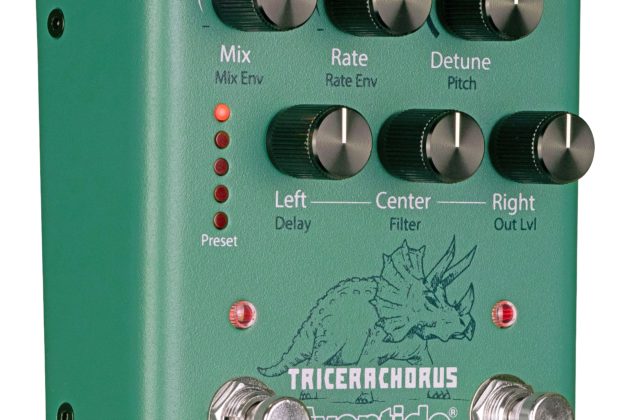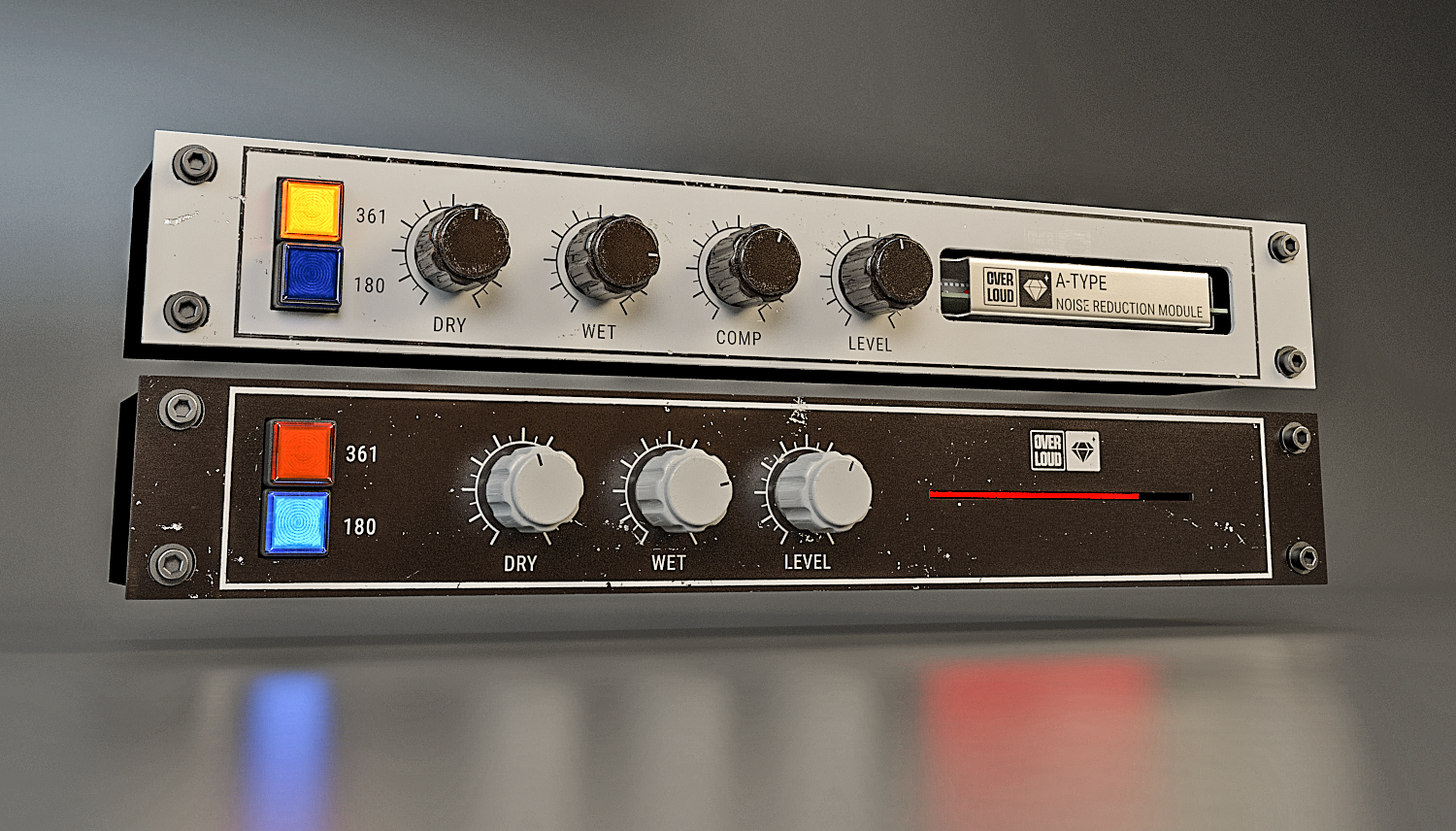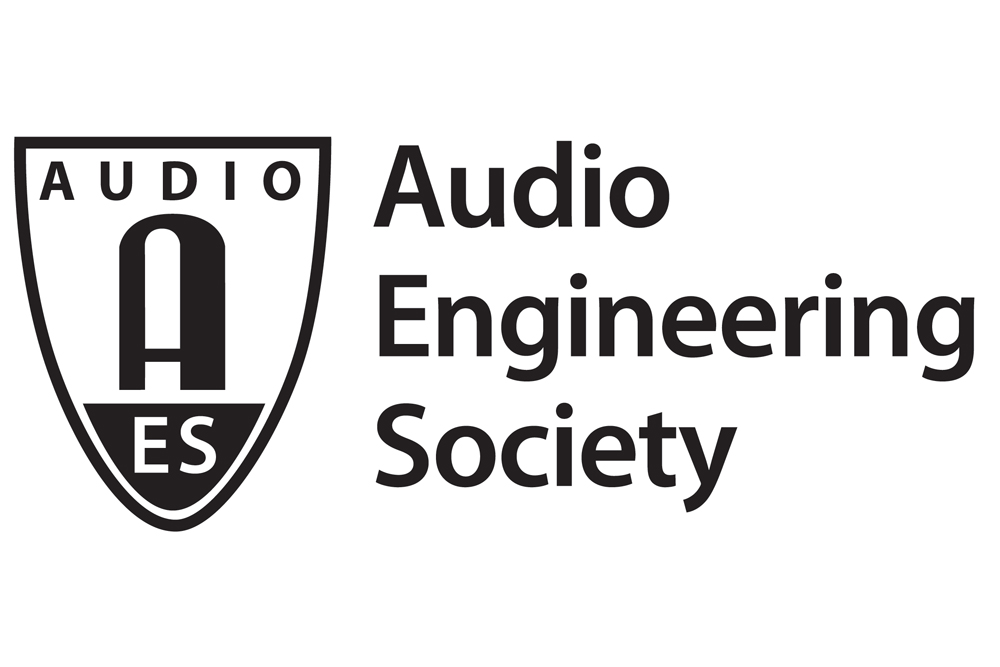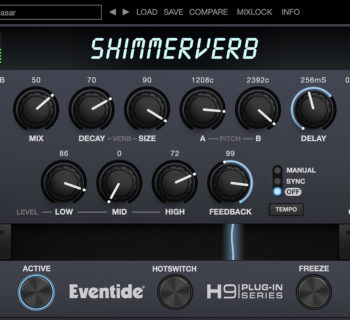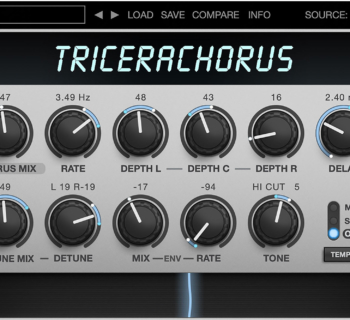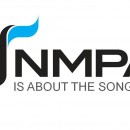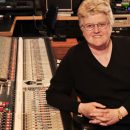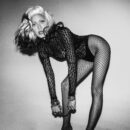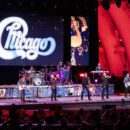The sound of the TriceraChorus pedal is very reminiscent of the classic rack-mounted Tri-Stereo Chorus and stomp box choruses of the 1970s and early 1980s. It has both a stereo bucket brigade-style chorus along with Eventide’s Micro Pitch detuning. There are three different chorus sounds available in stereo. But even working in mono, TriceraChorus produces a rich, deep, and lush modulation effect that works excellently on electric guitars, keyboards or just about any source. It also has a complex chorale effect with movement for rich textures and the vibrato gives a pulsing, warbled sound. My guitar player immediately started playing Jimi Hendrix songs as soon as he heard the sound of the TriceraChorus.
TriceraChorus is divided into two layers of parameters. Most of the time it is on the Primary layer with knob functions such as Mix or a blend between dry, chorus or vibrato voices. The Swirl LED button toggles between the Preset mode and Swirl, a psychedelic flanging, phasing and the sound of a Univox Uni-Vibe pedal so popular in the late 60s and 70s.
In Preset mode, the Active/Bypass/Load stomp switch loads one of five presets stored onboard. Up to 127 presets can be stored and be accessed via MIDI or the Eventide Device Manager application. Lastly, any combination of TriceraChorus parameters can be mapped to an expression pedal plugged into the pedal’s ¼-inch Expression jack.
After prying the TriceraChorus pedal from my guitar player's hands, I tried it in the studio sending mono or stereo into it and returning in stereo just like a conventional outboard rack effect. There are switches to change the gain staging from guitar levels over to line level.
TriceraChorus is a super quiet, professional-level pedal in either configuration—just the effects without noise or hum. An included small, 9-VDC power supply powers Eventide’s TriceraChorus pedal and it sells for $299 MSRP.

